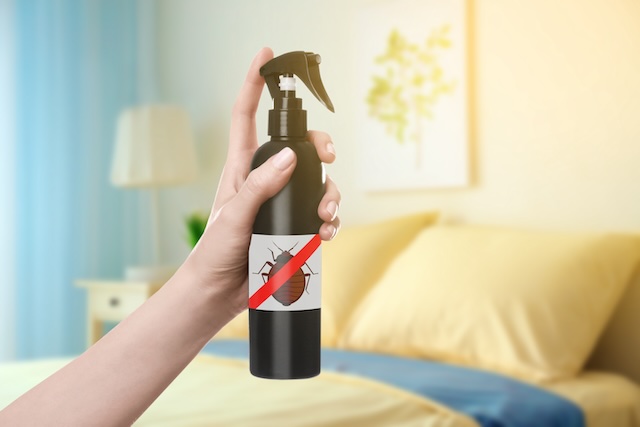Bed bug infestations can be a homeowner’s worst fear, which is why people are looking for effective ways to get rid of them. Heat treatment is one method that is becoming more and more popular. People say that this method, which involves heating a room with bed bugs to a temperature that kills them, can get into hiding places that regular poisons might miss. Let’s look into the science behind heat treatments for bed bugs and talk about how they work and what problems they might have.
The steps used to treat bed bugs with heat:
The idea behind heat therapy is pretty basic, but they work very well. Temperatures above a certain point are too high for bed bugs, their eggs, and their young to live. Professional heat treatment involves using special tools to raise the temperature in the area with the pests to between 49°C and 135°F (120°C to 137°C).
This dangerous temperature range stays in place for several hours, so all stages of a bed bug’s life are exposed to the heat. The heat gets into cracks, gaps, and other places where bed bugs like to hide, making them unsafe for these bugs to live.
Pros of using heat for treatments:
Comprehensive Eradication: Heat treatments are known to kill bed bugs at all stages of their lives, even eggs that may not be killed by some chemicals.
Chemical-Free: Heat treatments don’t use chemicals, which makes them a good choice for people who don’t want poisons all over their homes.
No Residue: There is no residue left over after heat processes because chemicals are not used. This is especially helpful for people who are sensitive or allergic.
Possible Drawbacks:
Cost: Some treatments, like heat, can cost more than others. The cost is higher because of the specific tools and knowledge that are needed.
Limited Penetration: Heat can get into many hidden places, but there’s always a chance that it won’t be spread out evenly. Some materials, like thick wood or concrete, may absorb and hold heat in different ways, which could make places cooler where bed bugs could live.
Problems with Preparation: Careful preparation is needed for heat treatment to work well. People need to get rid of things like electronics, candles, and some plastics that could break in the heat. This process can require a lot of work.
Professional Knowledge: To do a heat treatment correctly, you need to know a lot about it and have the right tools. It’s not something that can be done by yourself; usually, you need to hire professional pest control services.
Fewer Long-Lasting Effects: Unlike some chemical treatments that leave behind a shield, heat treatments don’t protect indefinitely. This means that there is no long-term way to stop outbreaks from happening again.
When used properly, bed bug heat treatments can be a very effective way to get rid of pests. They offer a complete way to get rid of the problem without using chemicals. But it’s important to know their limits and think about things like cost, planning, and the need for professional help.
Before getting a heat treatment for bed bugs, people should talk to a pest control professional to find out how bad the problem is and what the best course of action is. In some situations, heat solutions may not be the best way to get rid of bed bugs, but when used correctly, they can help get rid of bed bugs in homes.
